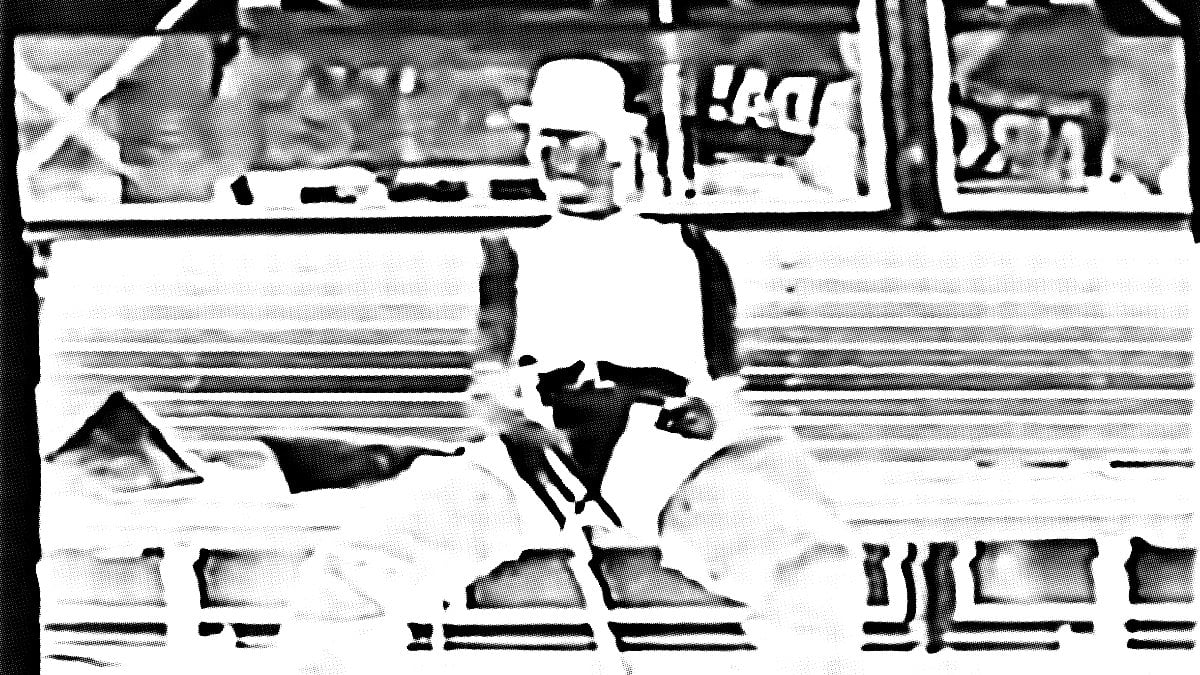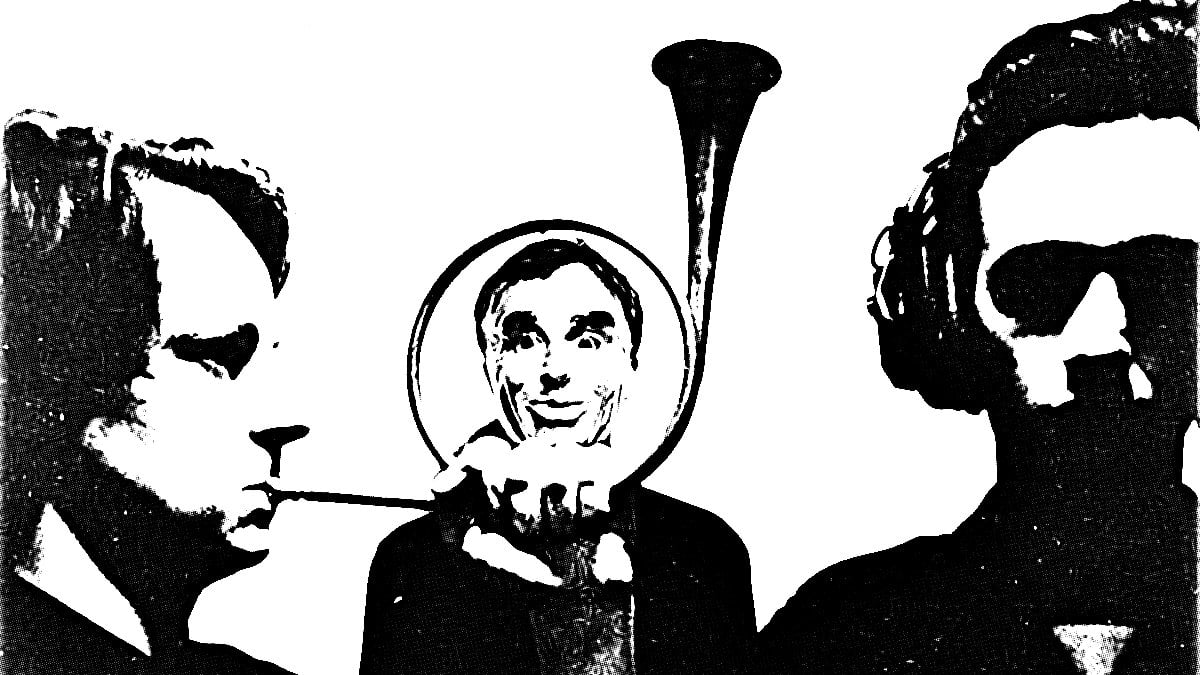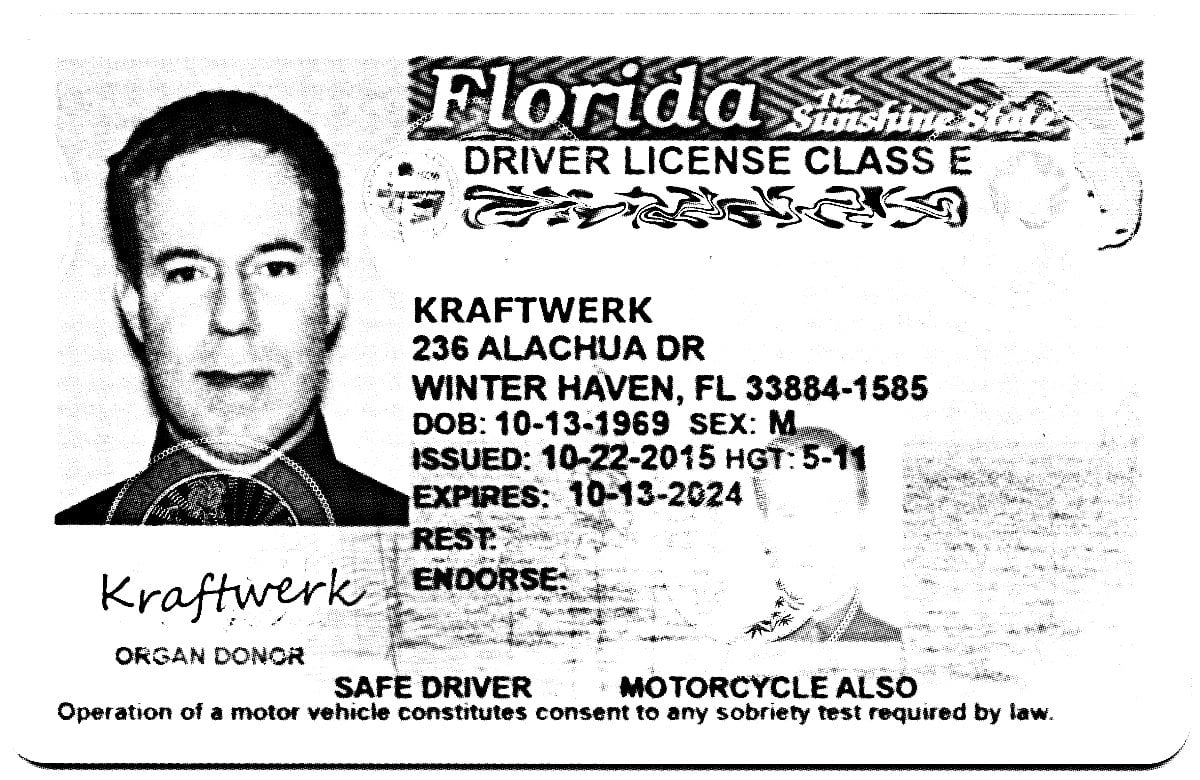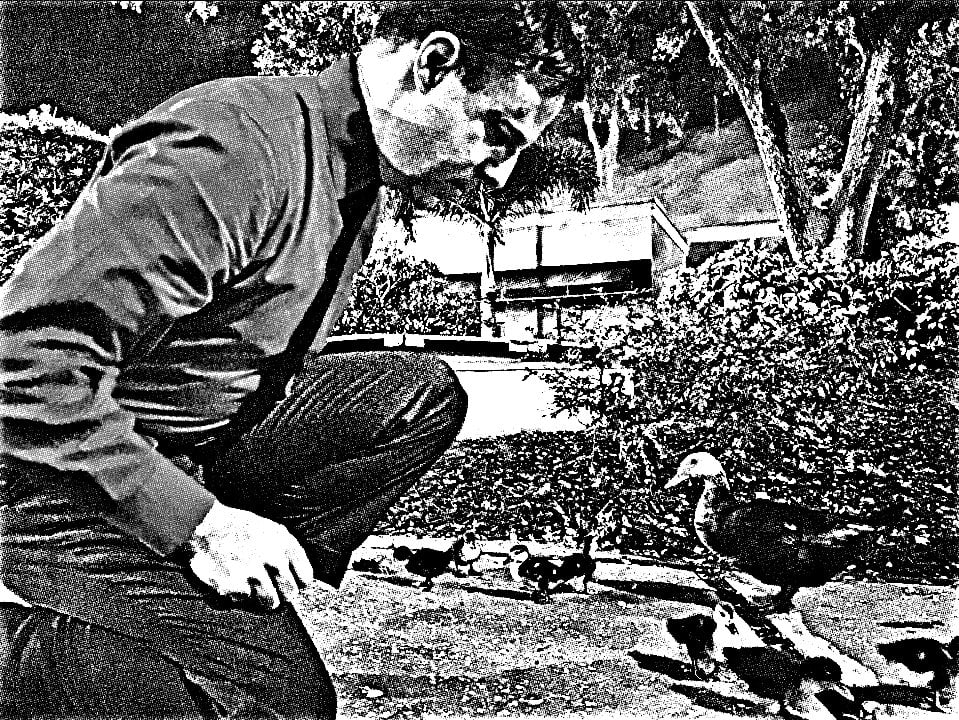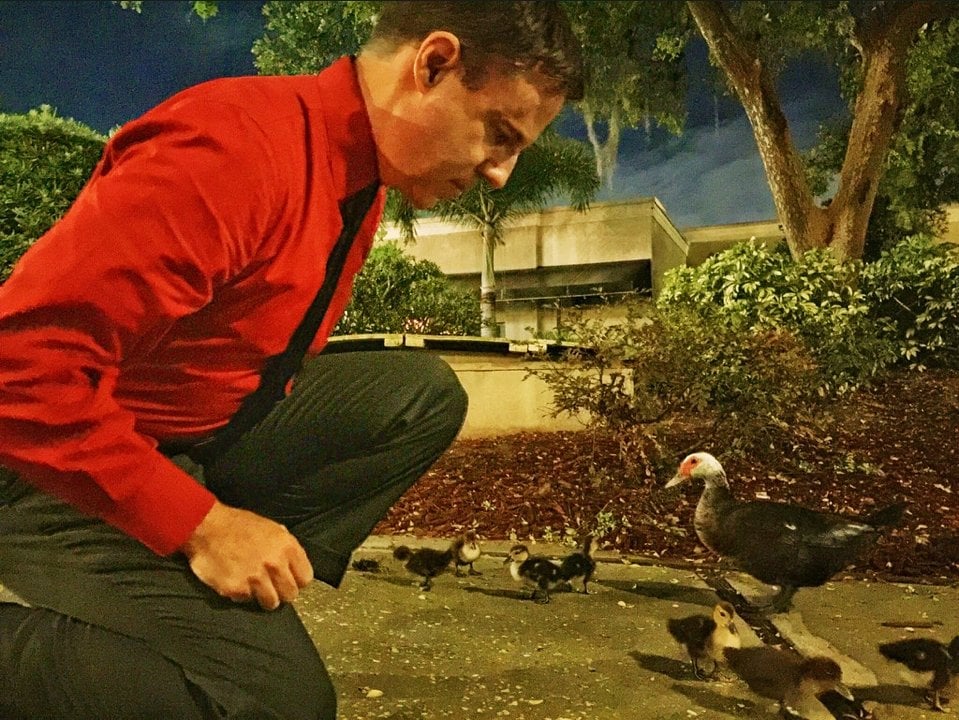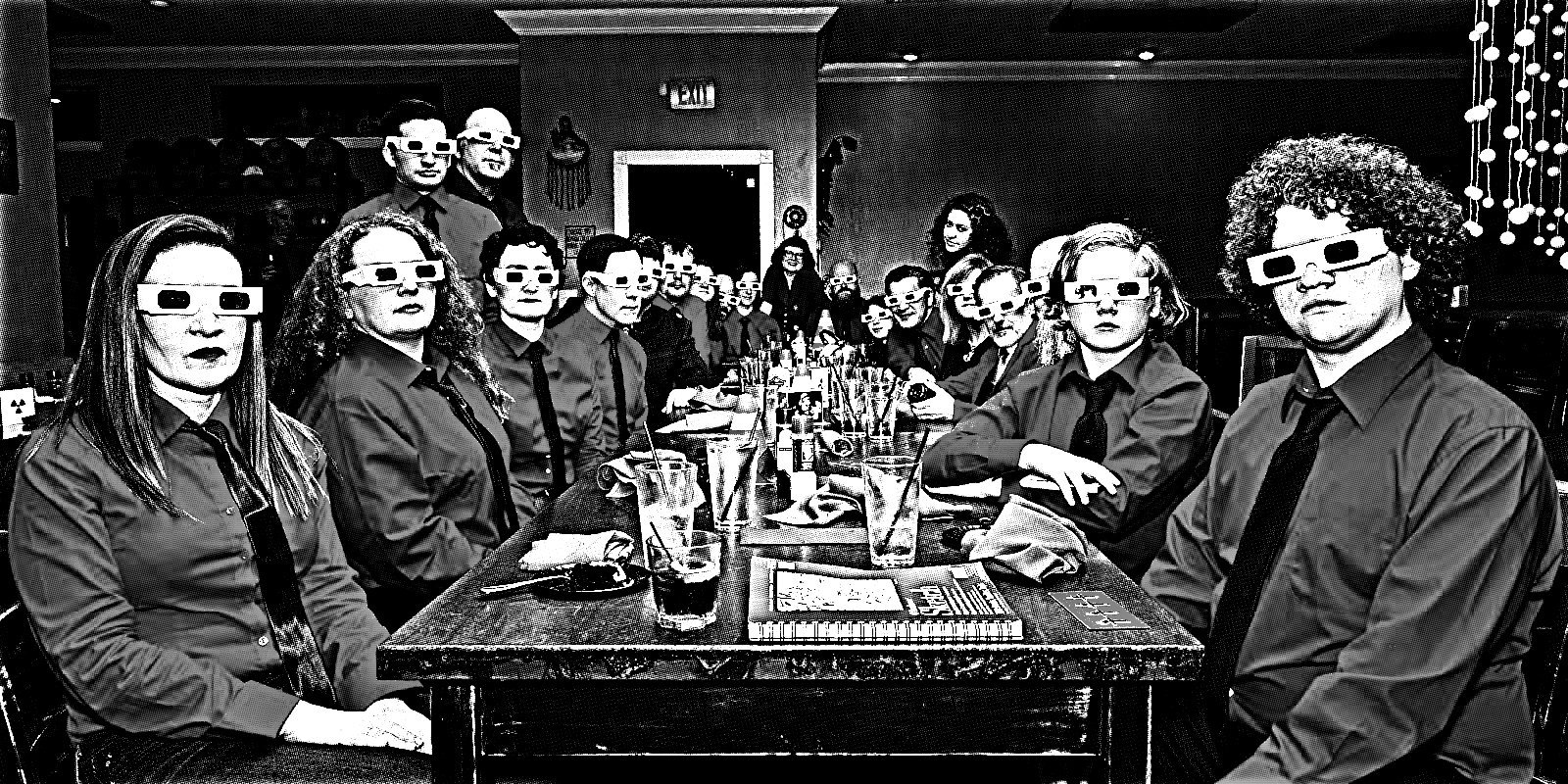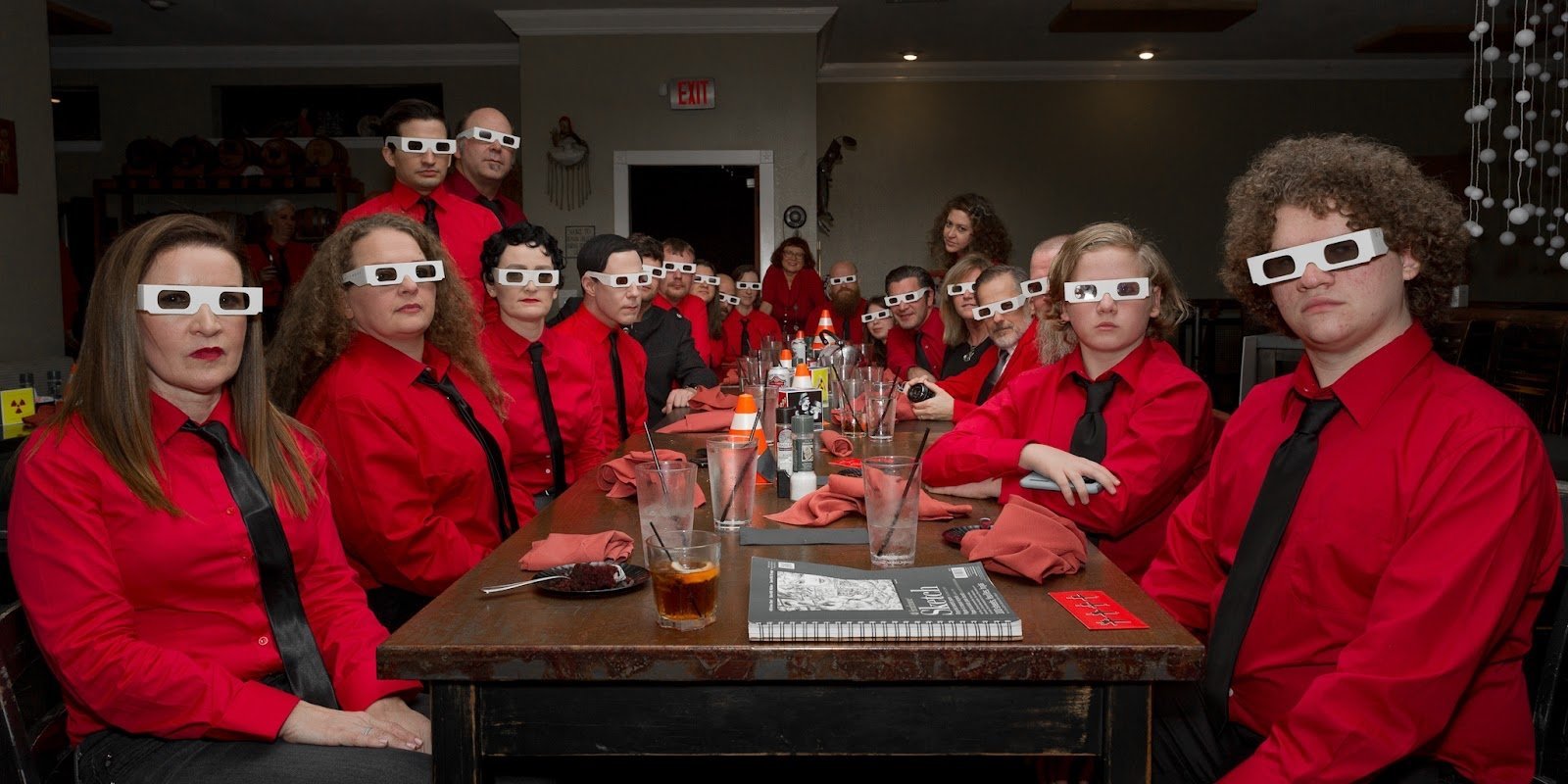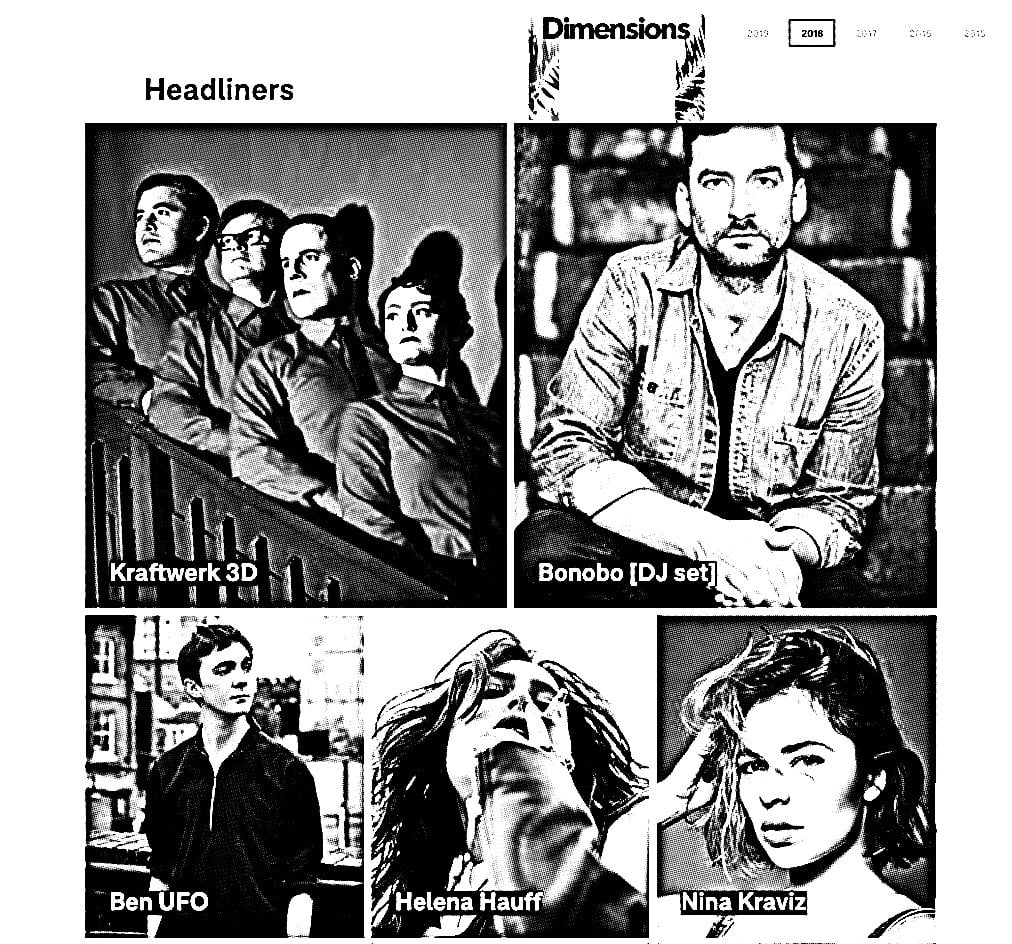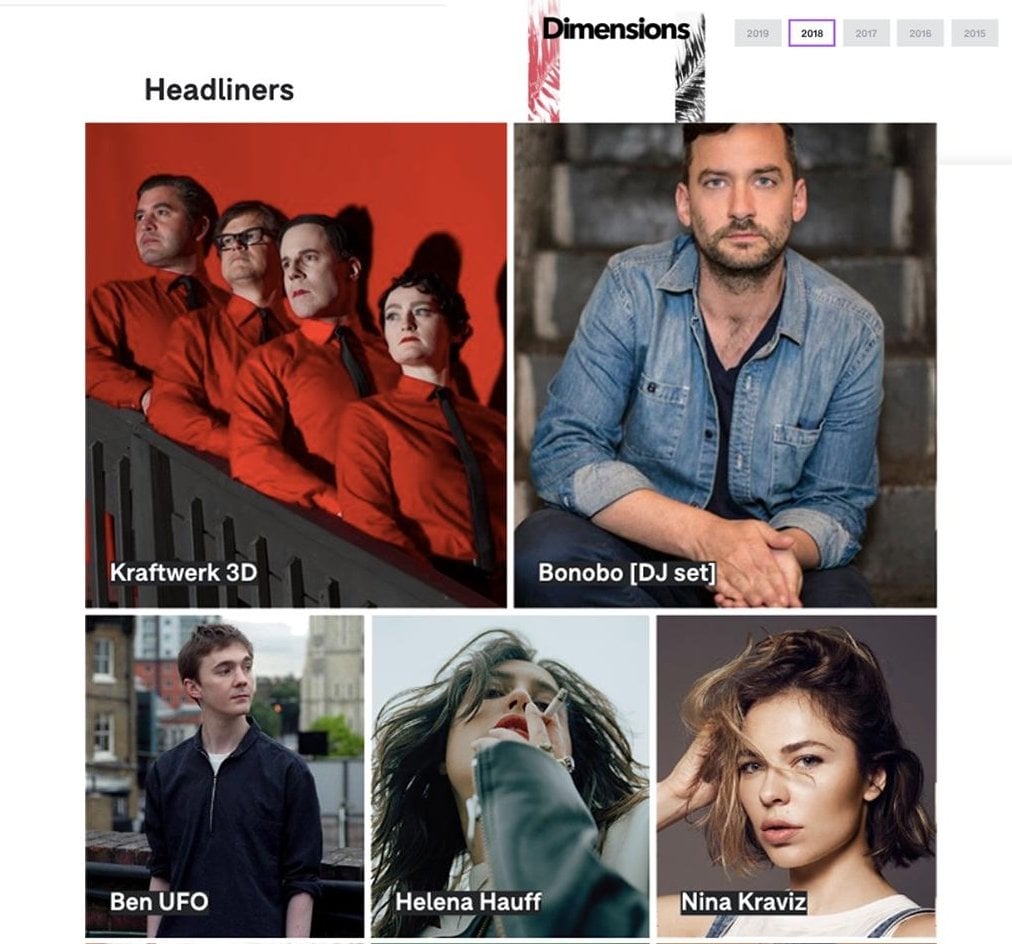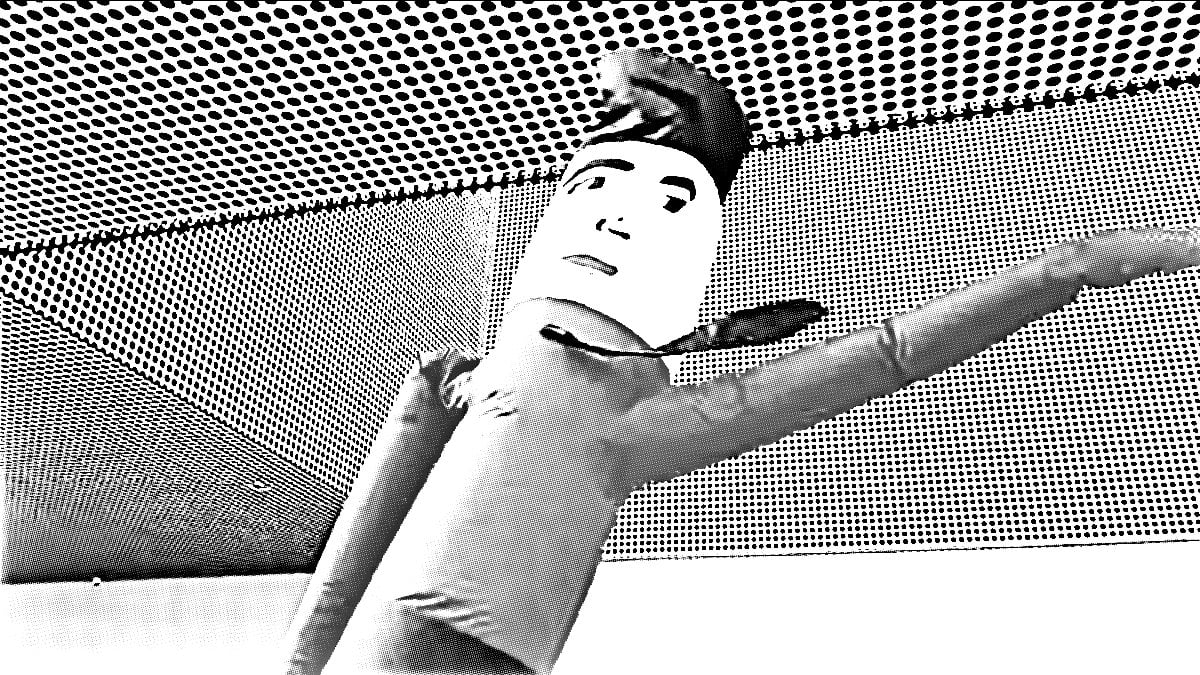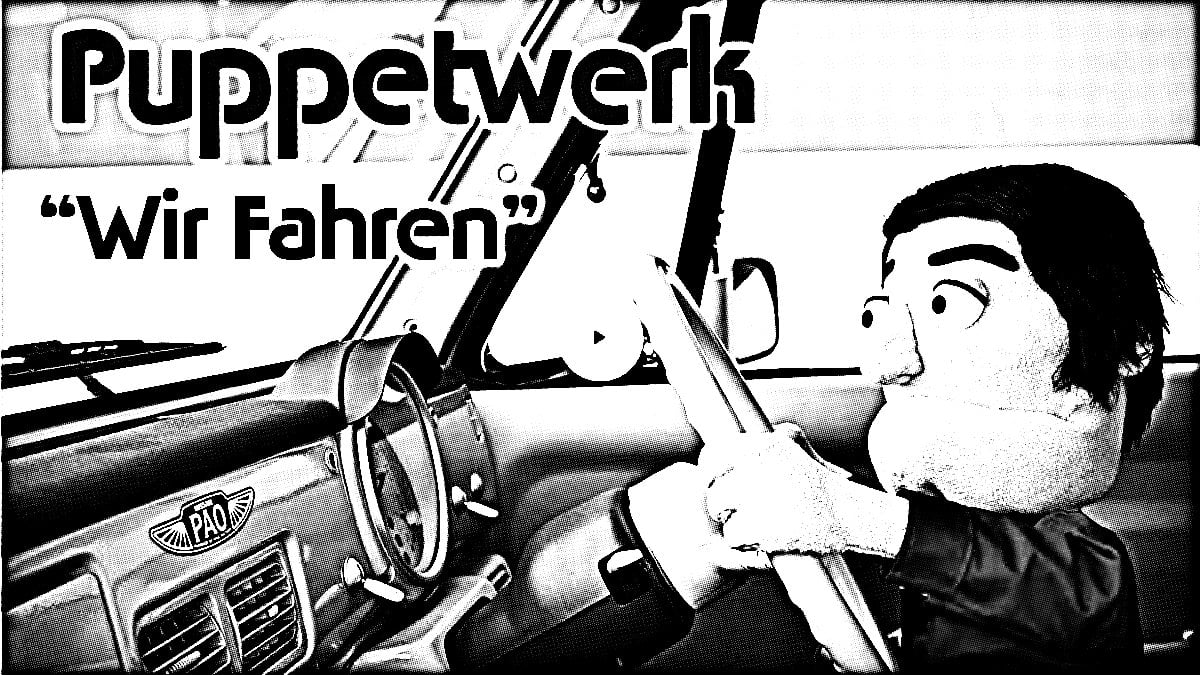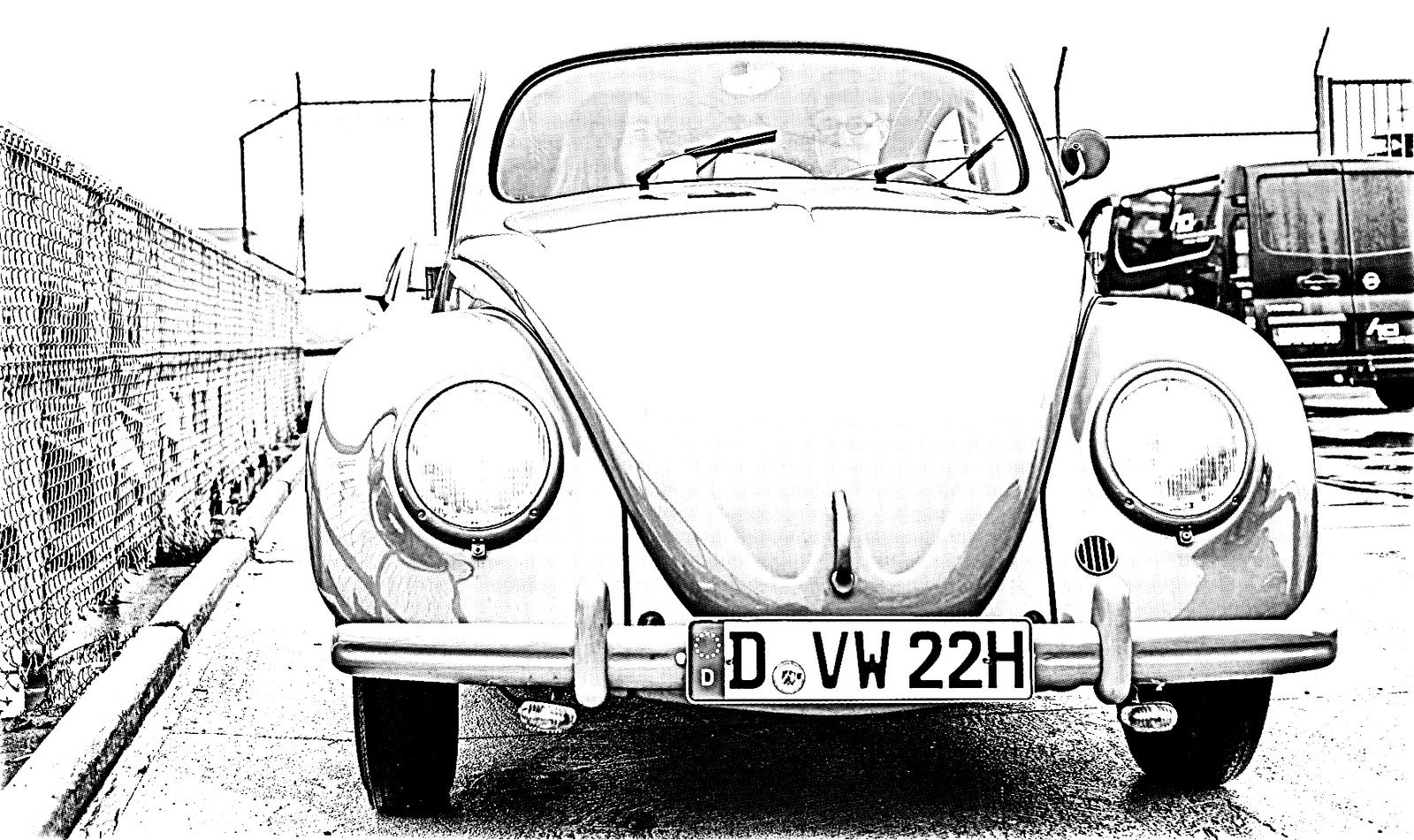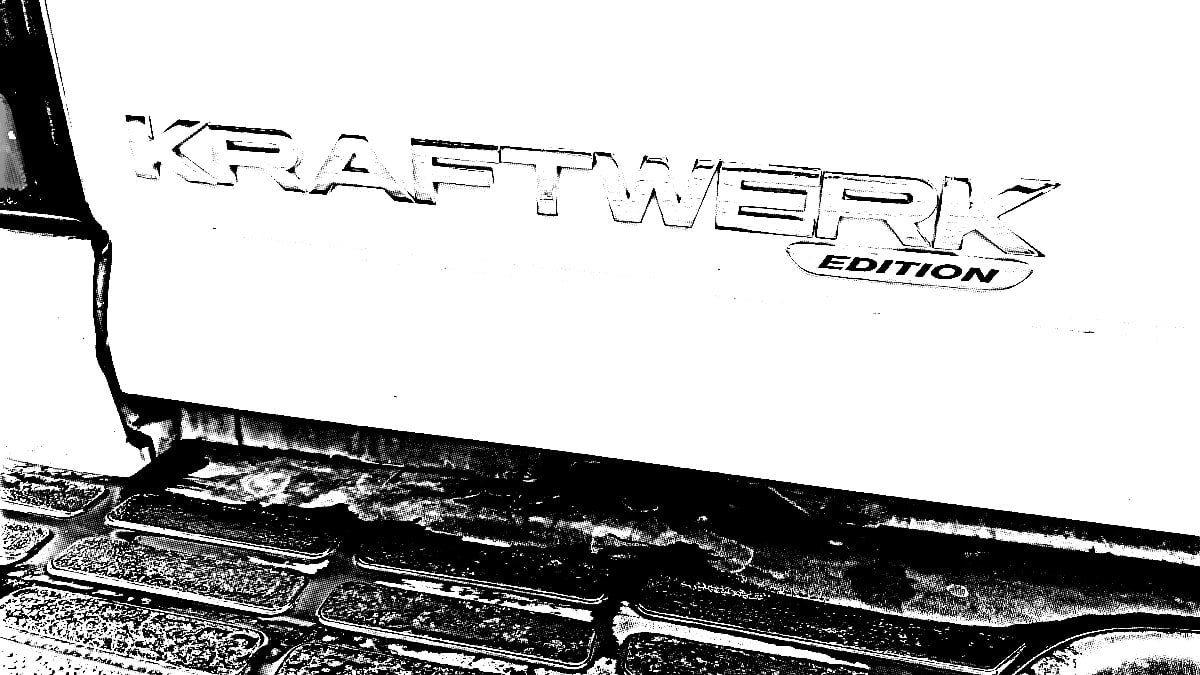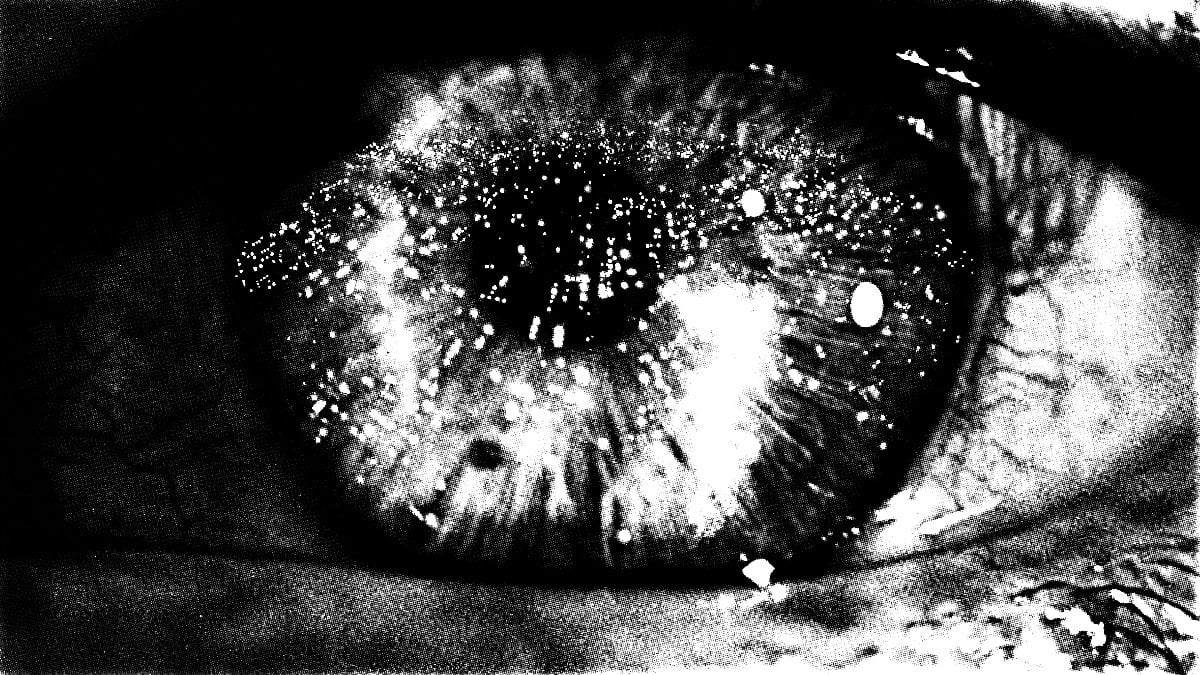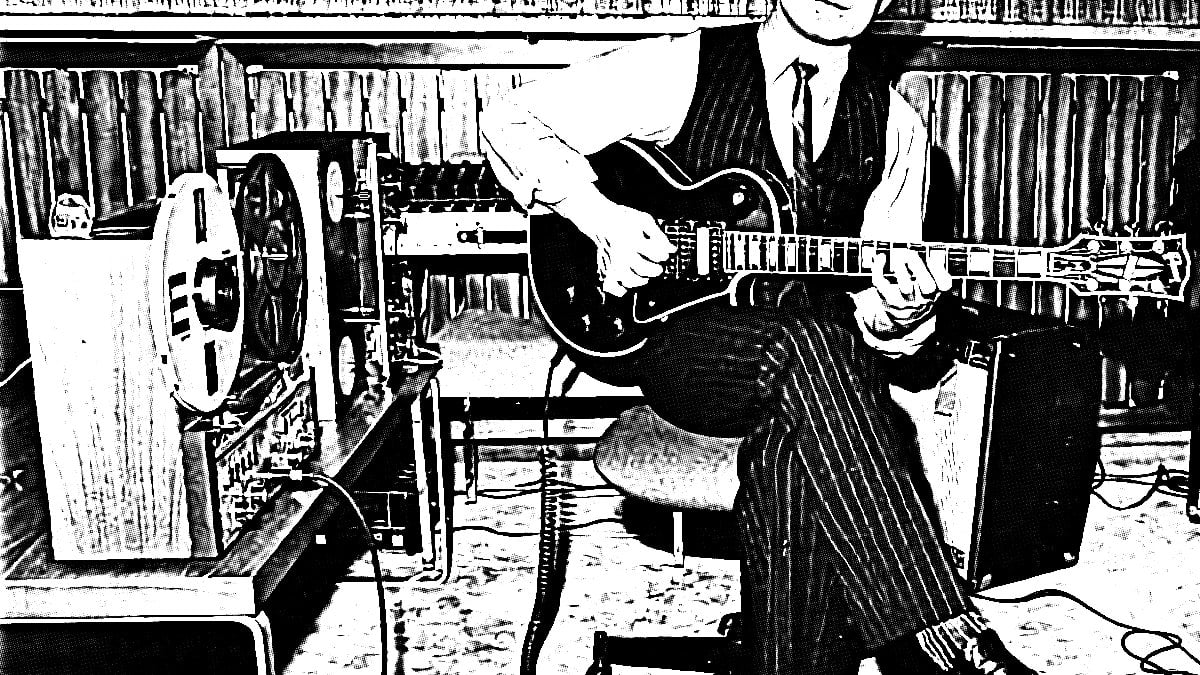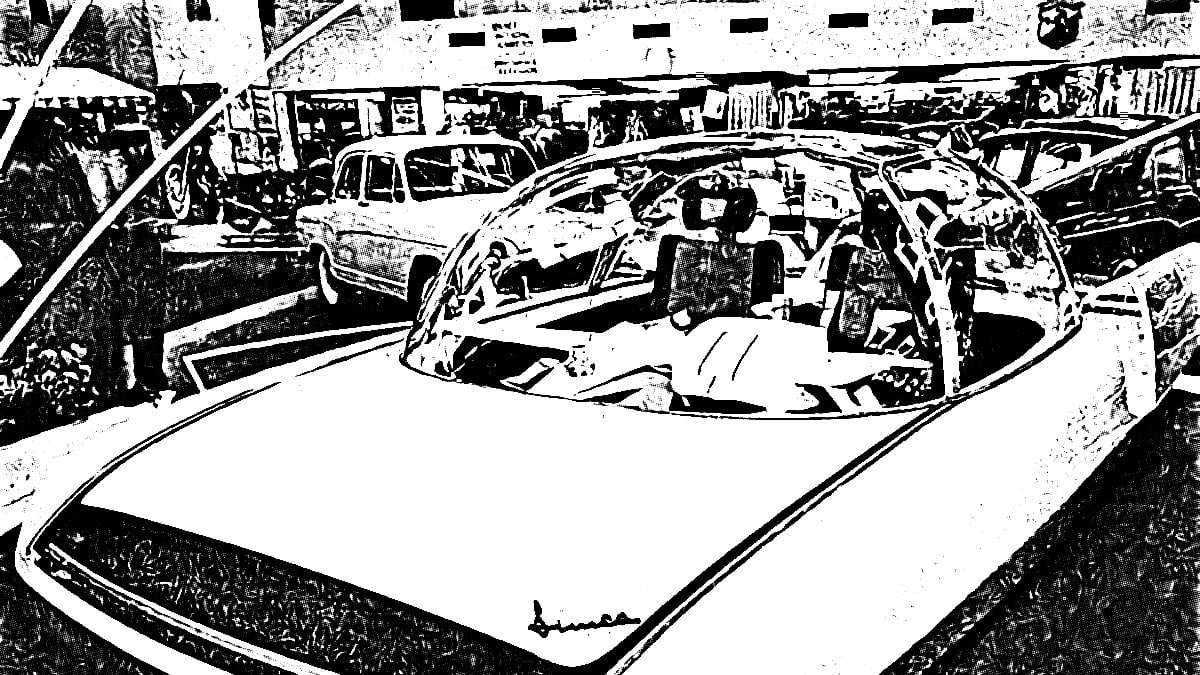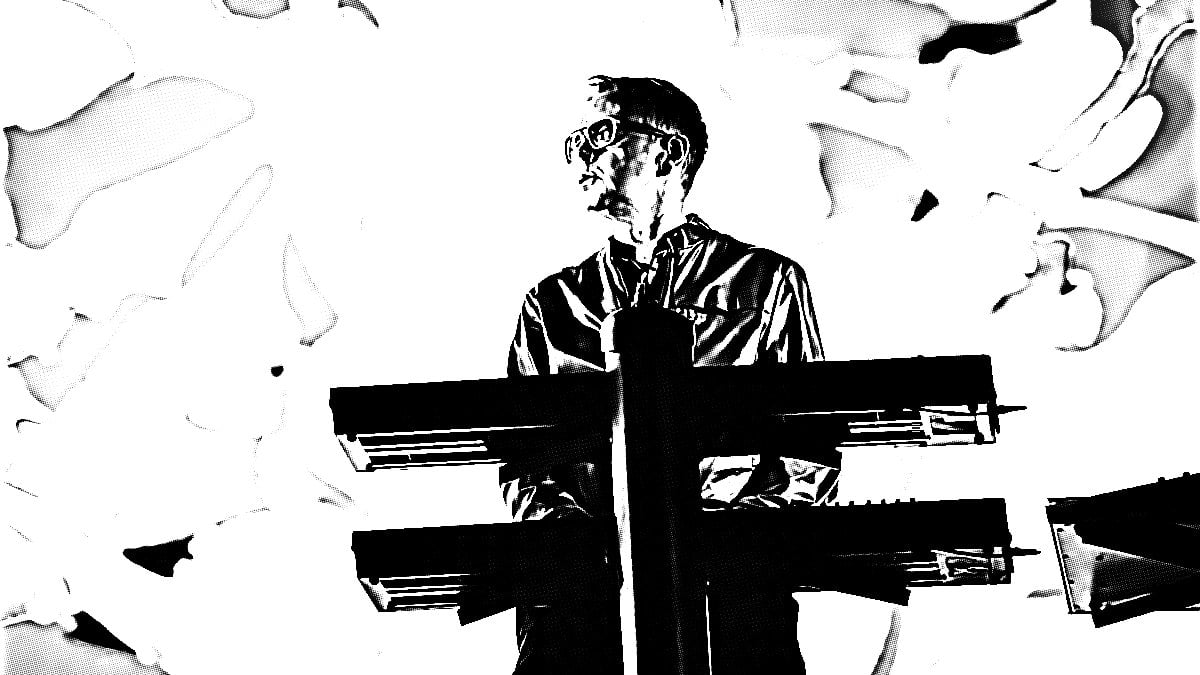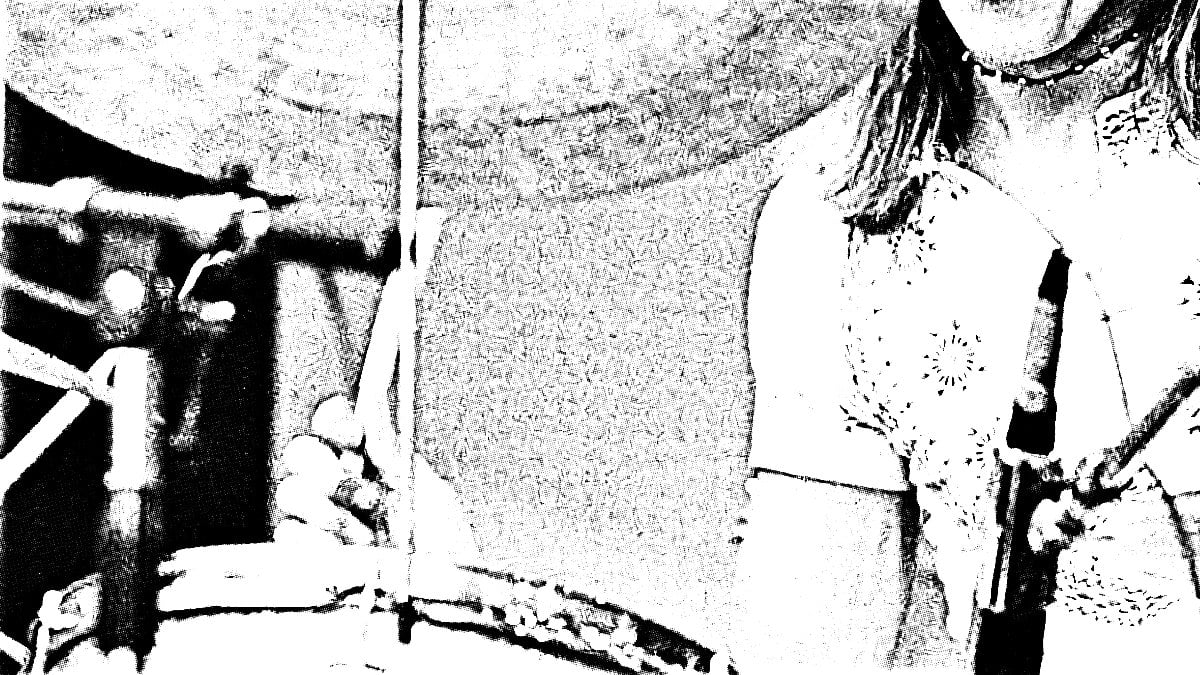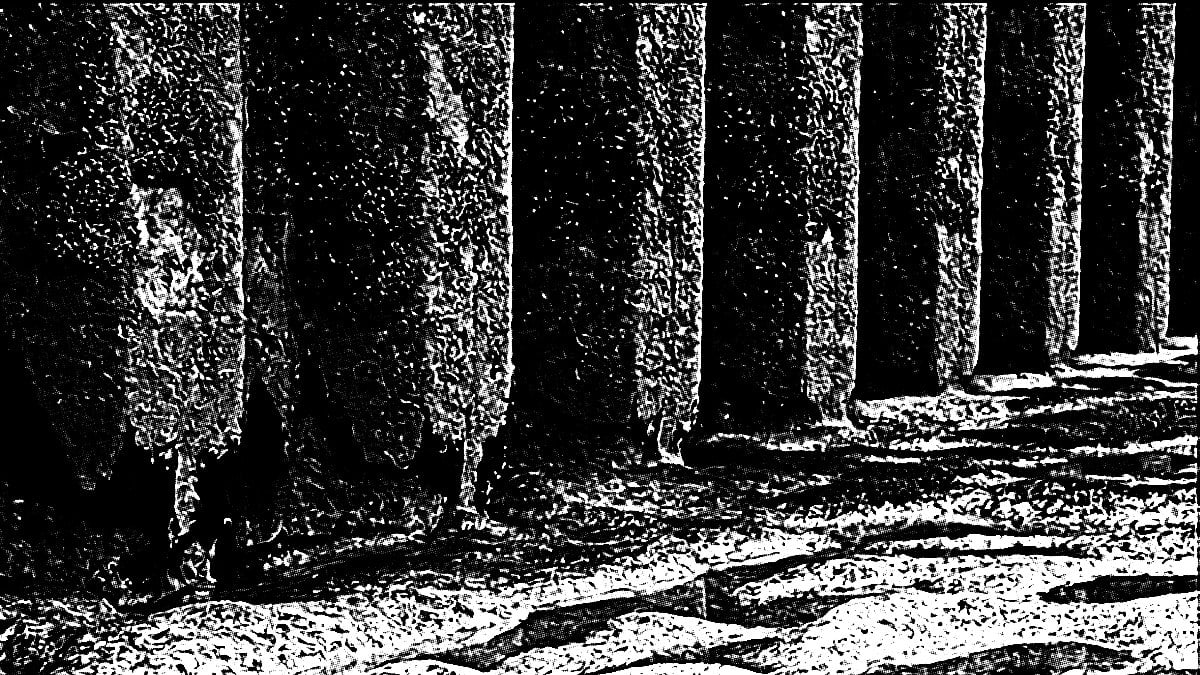
I remember snow in Florida. It happened in a small town outside Gainesville, which, technically, is considered northern Florida. But if you draw a straight line across the Gulf of Mexico, Gainesville is below New Orleans and directly across from San Antonio. So it’s not too far north.
I was a small child, this was probably in the late ’70s, and I was visiting my grandmother’s house with family for Christmas. The astonished call came out — snow! These were ‘snow flurries,’ to be precise. The meager attempt at snow turned into drops of water immediately upon impact. Of course, it wasn’t that cold. But, snow of any kind in Florida? Actually, not unheard of at the time.
Nowadays, the idea of snow in Florida is the subject of crazy talk. Maybe there are flurries closer to the Georgia border, but I’d bet the reaction would be as if frogs were falling from the clouds. Do you want to know what’s not so surprising? Extreme heat, humidity, and ripe conditions for category 4+ hurricanes.
Hurricane Ian was a monster hurricane. It was as much a monster as Irma, only five years ago. Both storms were massive and slow — I remember Charly in 2004, which seemed to pass through Orlando in under a couple of hours. Ian stuck around for an entire evening and some of the next day, flooding parts of the city that had never experienced such flooding. And the wind — these may not have clocked MPHs like the violent winds of Irma (that hurricane literally blew my roof off), but Ian’s sustained gusts were no small potatoes. Consider yourself lucky if you didn’t experience these winds.
My home came out relatively unscathed. Despite being beside a lake, I didn’t get any flooding as I’m on an incline. I was without power for three days but treated the situation like a mandatory digital detox. We feasted on veggies from the grill. I kept a big gas generator going. I organized my home office. I finally had time to finish reading The Dispossessed.
That said, the images of Florida’s Gulf coast — not to mention the aforementioned local flooding — are horrifying and sad. Here are some organizations helping out that would appreciate your donations. And while on the subject of monster storms, the victims of Hurricane Fiona could still use your help, too.
I doubt we’ll get any more snow in Florida, but I’m confident these storms will continue and increase in frequency and power. It’s scary. I’m not going anywhere — if not hurricanes, it’ll be something else — so my options are to stay tense, plan thoughtfully, and maintain the generator monthly. As for Florida, we already see the cracks in the infrastructure, the systemic variety of support for disaster-prone communities, and the stress on this state’s fragile environment. As these storms get meaner and meaner, I’m not sure how Florida will continue to hold it all together.
In short, it has been a summer of climate insanity. But even so, this will be, on average, the coolest summer with the least climate chaos for the rest of your life. That is just the nature of trends. It should be terrifying.

